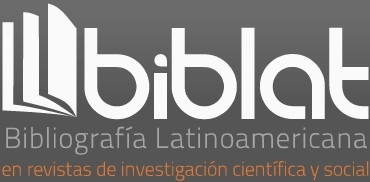The Rite of Mass as a Signifying Practice
DOI:
https://doi.org/10.35494/topsem.2008.2.20.135Abstract
The rite of Mass develops as a signifying practice. Any signifying practice requires the presence and participation of a tangible body next to other bodies that are equally tangible. The rite of Mass, as a practice starts with the rite of breaking of the bread by Jesus Christ in the Last Supper. The closest testimonies give an account of the frequent repetition of that practice among the first Christians. The tradition of a practice facilitates the repetition of successive enunciations, which leave their mark in the bodies that participate in it. The rite of Mass is inscribed in the space of the sacred. Habitually, that rite is carried out in the temple. The development of the rite reaches certain peaks of intensity, the highest and most surprising appears in the moment of consecration. The moderated slowness of the rite expresses the feeling of solemnity that the practice acquires. With the passing of centuries, the rite is transformed into myth (in “dogma”) through the theological subtleties of Christian thinkers, starting with the “apostle” Paul.
Downloads
Downloads
Published
How to Cite
Issue
Section
License

Tópicos del Seminario is licensed under a Creative Commons Reconocimiento-NoComercial-CompartirIgual 4.0 Internacional License.














